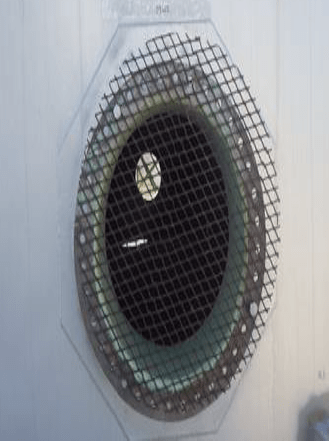Batie
Mechanical
- Oct 16, 2024
- 2
We have several storage tanks built between 1965 to 1983 ranging from 10m to 22m diameter. All are 15m tall.
All inspections are currently done using API650/653. The actual code of construction is unknown.
The majority of tanks have manholes with regular type re-enforcement plates, but none of the compads have rounded corners. Similar with compads about the shell nozzles.
What is the risk.
Yes, there is an increase in stress but how much?
Are we lowering the fatigue cycles number?
How can this be calculated to show we are at risk, rather than just think we are?
Thanks
All inspections are currently done using API650/653. The actual code of construction is unknown.
The majority of tanks have manholes with regular type re-enforcement plates, but none of the compads have rounded corners. Similar with compads about the shell nozzles.
What is the risk.
Yes, there is an increase in stress but how much?
Are we lowering the fatigue cycles number?
How can this be calculated to show we are at risk, rather than just think we are?
Thanks

